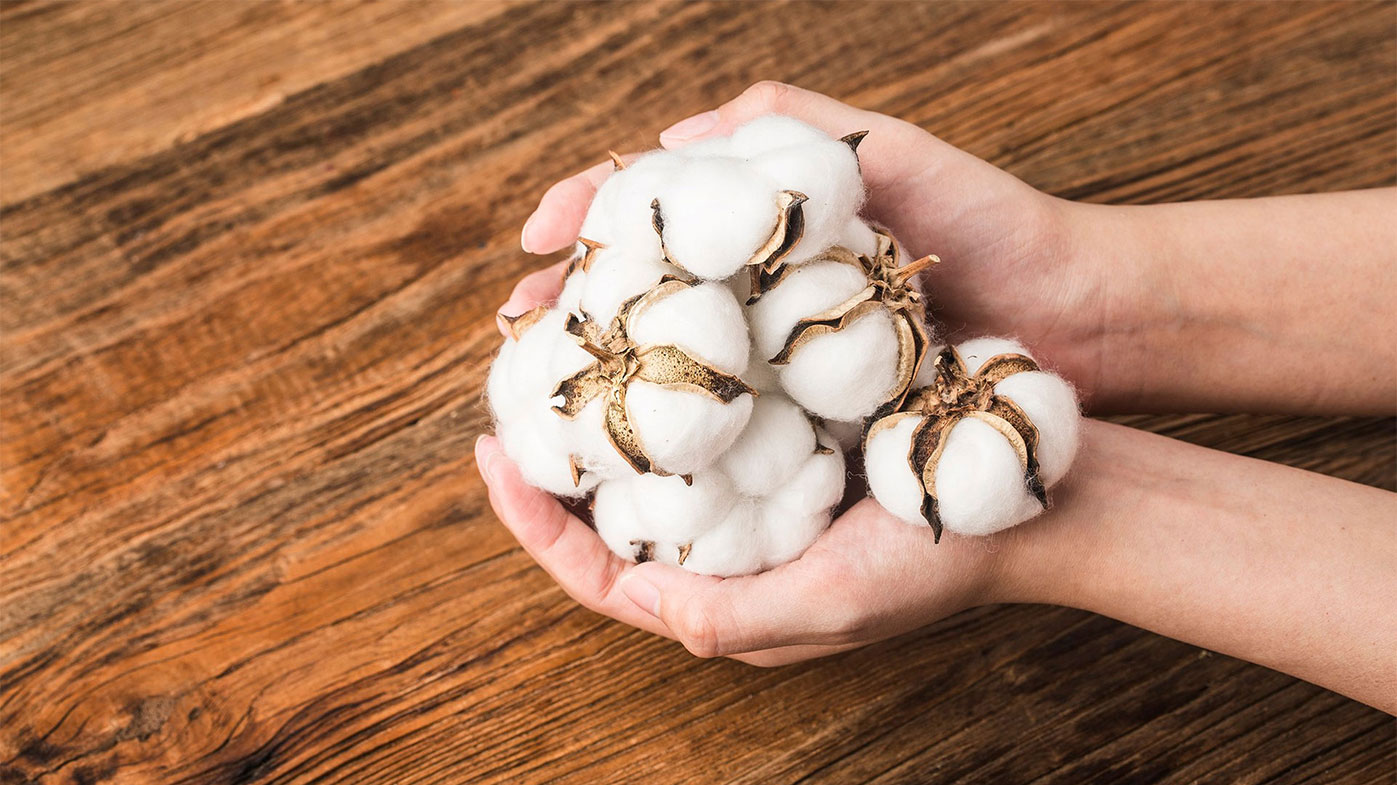
September 27, 2024
Conventional wisdom has it that there is something we do not understand when the market gives us a bullish report and there is no positive price reaction. Retracing last week’s first sentence, USDA has given the market three consecutive bullish reports. Yet, the net market reaction has been, in effect, a flat market.
Then comes the so called “biggest hurricane ever measured in the Gulf of Mexico,” coupled with major flooding on the largest crops east of the Mississippi River. The market response was down.
What are we missing? I have worn you out with the D word. Demand is bad and getting worse, but that is not the only major story. The consumer could care less about cotton. Yet, unfortunately for the U.S. grower, the world could care less about U.S. cotton. Please let me be just plain wrong, the heck with the word incorrect. Let me just be wrong.
We have mentioned the changing structure of the world cotton market. Position changes on King of the Hill have seen the U.S. lose its leadership in production, a top ranking in consumption, more recently its leadership in world trade, and now the all-important – our guaranteed ace in the hole – a comparative advantage in world production. It’s been a work in progress. Each factor has had its impact on price, but the combination of all four have come to fruition this season and the outcome may well be permanent…or at least certainly the structure of the world cotton market has changed significantly, and in fact is permanent.
We typically discuss the price outlook in the opening lines of each newsletter so let’s get to it. Prices made a run at 74 cents but could not find any traction as exports sales fell to a minimal level. While cotton is moving in the world export trade, for the most part it’s non-U.S. cotton and is in fact predominately Brazilian.
The U.S. had found an unexpected market in Pakistan and India where crops have been somewhat limited. However, Indian arrivals at the gin point have begun to increase. Additionally, Vietnam has continued to be a good buyer. Bangladesh has been a good market and continues to have potential. However foreign currency considerations have made it very difficult for Begali mills to pay for cotton.
Unable to find momentum above 74 cents, the market fell back to its support level above 71.50, dug in its heels, and rose again to work the 72-74 cent level. Holding the 71.50 level was and remains very important. Yet, price movement to the upside is far from guaranteed, as nearly all the U.S. crop has yet to be priced. Consequently, there is enormous selling pressure on the market.
Let’s not forego any idea that trading at the 75-cent level is a thing of the past. There should be another shot at that mark. Trading to 75-78 is a possibility, but not a probability. In fact, since the U.S. crop has yet to be priced, the probability of a trade below 70 cents – i.e., back into the high 60s – stands a better chance than 76-78 cents, even out to October 2025.
Why is the market so price belligerent, so negative? Let’s go back to the changing structure of the world market for that one. The magic bearish word, demand, has a twin. It’s Brazil. Brazilian cotton is being aggressively hedged on the New York ICE. While the crop cannot be delivered against the New York, it is a high-quality crop, and New York offers just as good of a hedging opportunity as it does for U.S. cotton. Brazilian growers and world merchants are aggressively hedging Brazilian production, thus sucking any and all positive price momentum out of the market. More troublesome, that activity is not going away any time soon.
The bull can only hope for some crop disasters to push price higher. As we discussed on X (twitter), the likely discoloration of the Southeast crop gives merchants far more than an ample supply of “undesirable” deliverable cotton for delivery as a substitute should Brazilian hedges have to be delivered (that is, just deliver U.S. “undesirable” deliverable white grades which will be in ample supply due to the hurricane – but probably would have been readily available anyway).)
This bearish market pressure should be a concern not only in 2024 but in 2025 and the out years. In effect, it works to remove bullishness from the market by adding more selling pressure or more hedging pressure.
Net sales of U.S. upland totaled only 87,800 bales on the week as Turkey, Pakistan, and Vietnam were the only buyers of consequence. Shipments were a very weak 79,500 bales but, we note from USDA’s comments two months ago, shipment data can be very misleading.
The market is suggesting that growers should not expect to cover storage cost should they plan to forego cash sales at harvest and carry physical cotton in the CCC loan program. This is almost a blasphemous statement. However, it is not unrealistic given the amount of Brazilian cotton being hedged while U.S. cotton goes unhedged and the extremely poor consumer demand structure facing cotton.
Growers are advised to take advantage of any price rallies above 74 cents.
Promote cotton.
Give a gift of cotton today.
